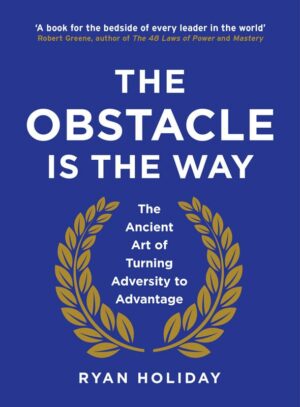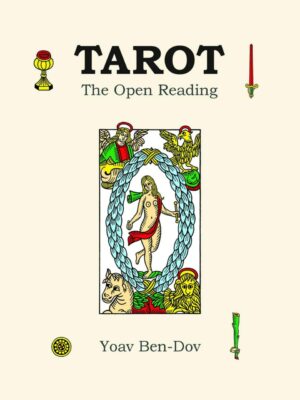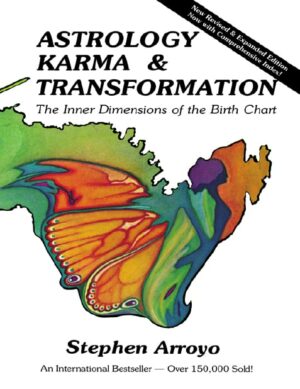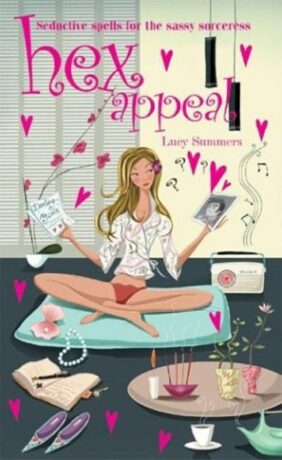13.01.2021
Magick Matters
13.01.2021
“The Obstacle is the Way: The Ancient Art of Turning Adversity to Advantage” by Ryan Holiday (The Way, the Enemy and the Key)
12.01.2021
“Tarot: The Open Reading” by Yoav Ben-Dov
12.01.2021
“Astrology, Karma & Transformation: The Inner Dimensions of the Birth Chart” by Stephen Arroyo
12.01.2021





